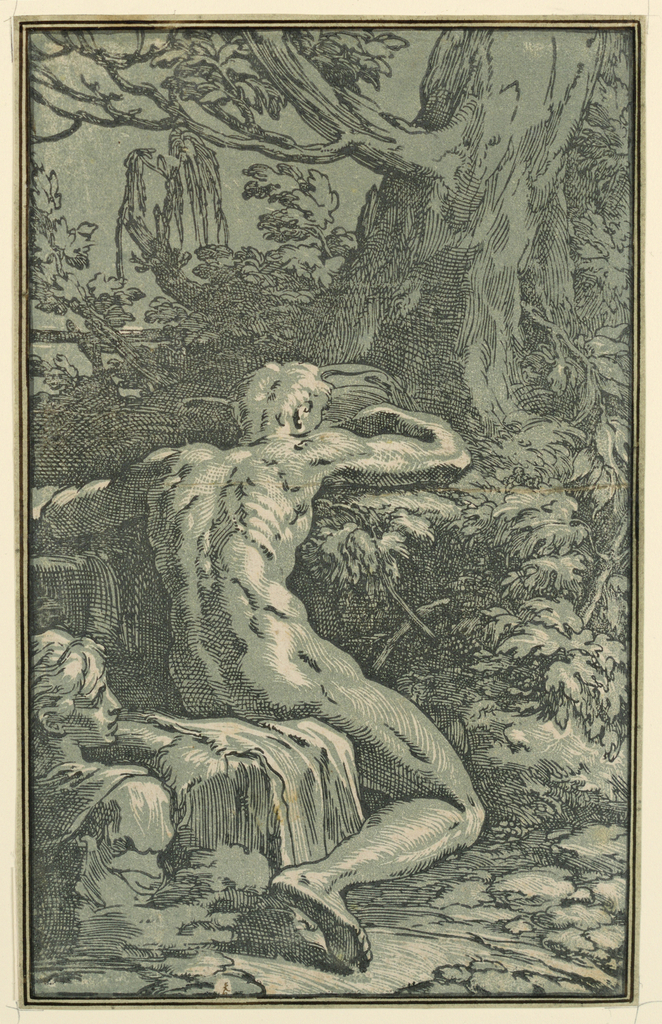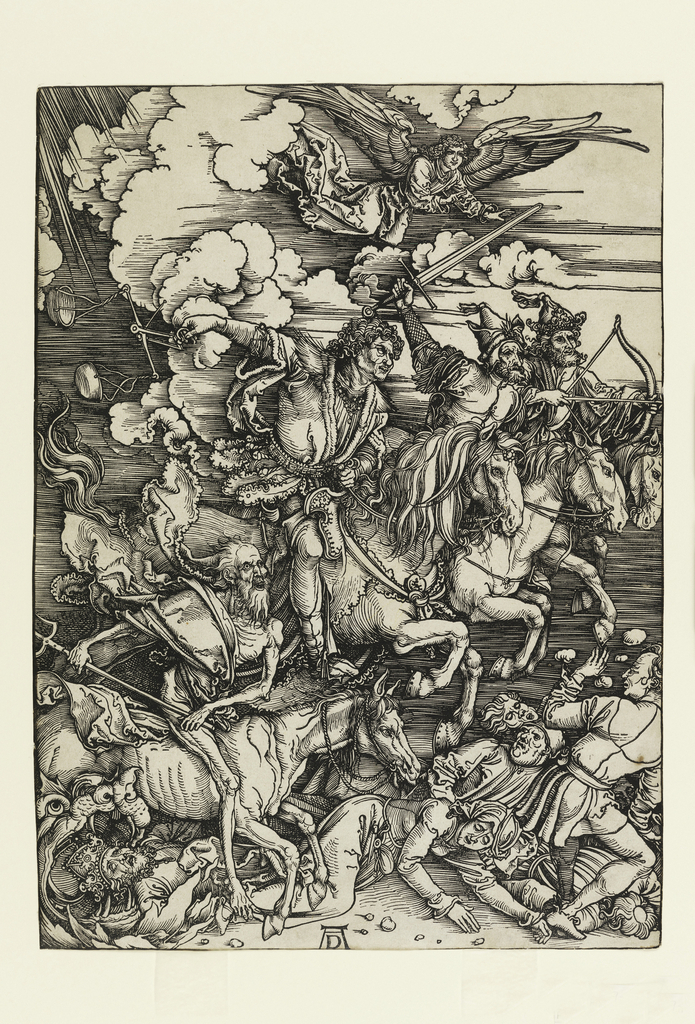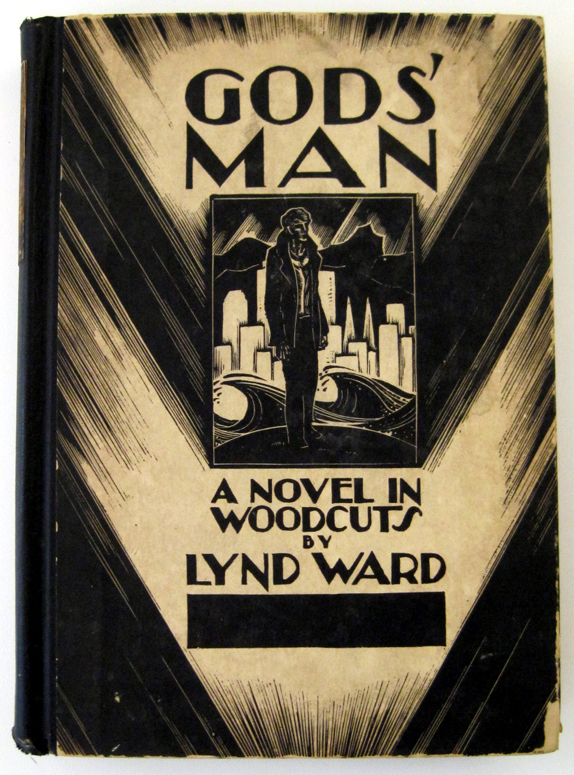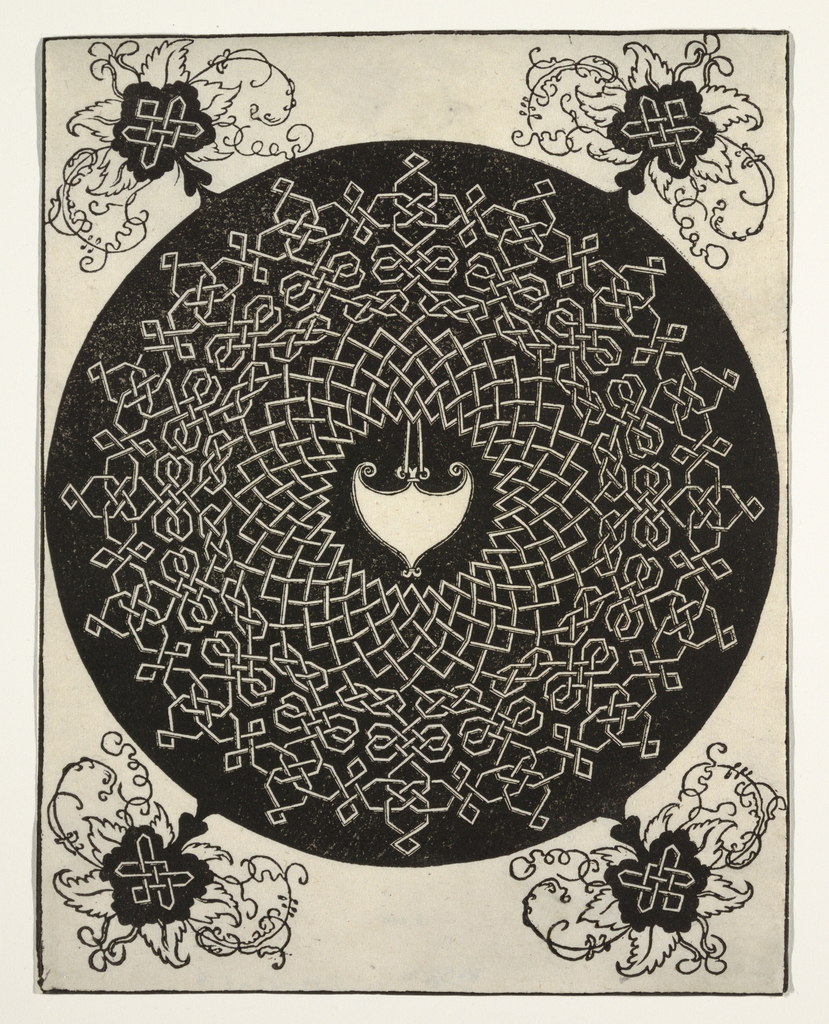This print, with its striking green hue, is the result of an innovative collaboration between two Italian Renaissance artists. Working together in Bologna in the late 1520s, the painter Francesco Mazzola (called Parmigianino, 1503-1540) and the printmaker Antonio da Trento (1508-1550) were early adopters of a new technique that allowed for the production of multicolored...
Albrecht Dürer (German, 1471-1528) is commonly regarded as one of the greatest artists of the Northern Renaissance. He trained under his father, a goldsmith, and later with Michel Wolgemut, a well-known printmaker and publisher. One of Dürer’s most prominent works is The Four Horseman of the Apocalypse dated ca. 1497-98, a woodcut print that depicts...
Cooper Hewitt Smithsonian Design Library librarian Elizabeth Broman discusses a 1929 American wordless novel.
For centuries, this intricately wrought interlace design—one of six similar motifs produced by Albrecht Dürer—has entranced and perplexed those who have encountered it. The intended purpose of the Knots, as Dürer referred to the series, as well as the precise date of their execution, remains unknown. Some scholars have postulated that the designs are patterns...



